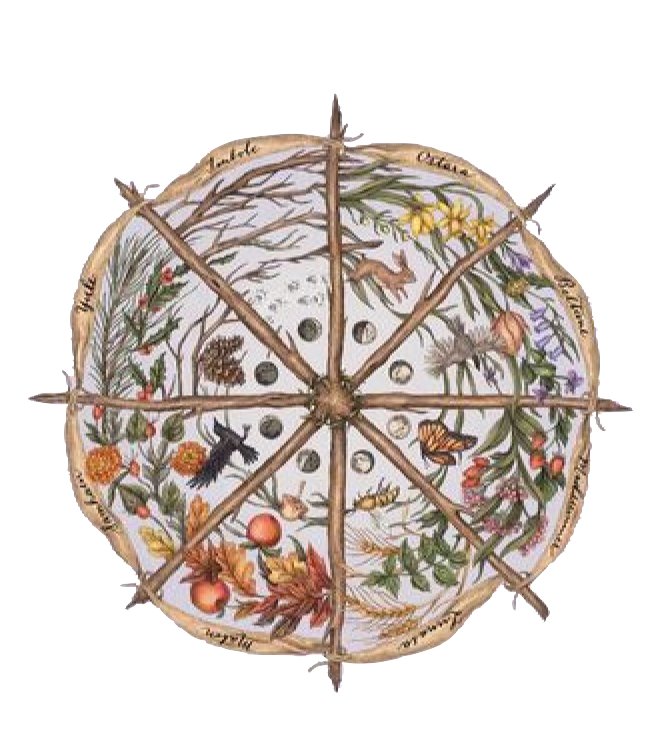Academics
Our largely outdoor learning program is designed to engage children in hands-on, experiential learning that not only teaches academic concepts but also fosters a deep connection to nature. Through activities that integrate science, math, and language arts, children learn to appreciate and interact with the world around them. Here’s a look at a few ways we incorporate learning into our natural setting:
Science: Exploring Ecology and Biology
We invite children to become active observers of their environment. They learn about local ecosystems through:
-
Microhabitat Exploration: children create “habitat jars” filled with carefully collected natural elements like soil and rocks, building small-scale ecosystems they observe over time, tracking changes and discussing the roles of various organisms.
-
Insect Surveys: With nature journals in hand, children survey insects in different habitats, taking notes on species, creating sketches, and discussing their ecological roles.
-
Pond and Stream Studies: When we visit bodies of water, children collect and examine water samples under magnification to observe small organisms, fostering a sense of wonder about aquatic ecosystems and their importance.
Math: Real-World Observations
Mathematical concepts come to life through natural explorations:
-
Plant Growth Tracking: Equipped with rulers, children measure plant growth over time, observe and track weather, create charts and make hypotheses. This hands-on approach deepens their understanding of measurement, patterns, and natural growth cycles.
-
Garden Planning: Through connection with Mother Earth, children will choose seeds, calculate the amount needed, track expenses, tend to them, harvest, and uncover the total value of their efforts. Combined with learning the benefits of each plant, and learning how to prepare and use them in recipes, kids will cover topics like fractions, data collection, budgeting, addition, subtraction, multiplication, and division.
-
Map-Making and Distance Calculation: Children work together to create scaled maps of areas they explore, measuring distances and marking key features. This activity reinforces geometry and spatial awareness using real-world landmarks. Coupled with the lasting memory of making their own treasure map, creating their own measurement system, and writing detailed instructions on how to find the treasure.
Geography: Learning Navigation and Land Features
We incorporate geography in ways that make learning an adventure:
-
Compass and Map Skills: Using maps and compasses, children learn to navigate forest trails, identify directions, and understand topographical features. They practice navigating, building confidence in their ability to understand and use these tools.
-
Erosion Studies and Soil Observation: Exploring areas affected by erosion, children learn about natural forces, discussing soil composition and the role of vegetation in maintaining landscape stability.
-
Rock Cycle Exploration: With collections of local rocks, children identify and classify different types, learning about geological processes and how they shape the world.
Language Arts: Nature-Inspired Writing and Creativity
Our outdoor classroom serves as a rich source of inspiration:
-
Journaling: children record their observations and experiences in nature journals, capturing sights, sounds, and smells. This practice develops sensory awareness and descriptive language skills.
-
Poetry and Creative Writing: children write poems or stories inspired by their surroundings—whether it’s the texture of tree bark, a bird’s song, or a particular moment in nature. This deepens their connection to the natural world and allows creative expression.
-
Group Storytelling: Working together, children create group stories based on what they’ve observed, like a tale of a mysterious animal or the life of a tree. This activity encourages collaboration and imagination.
Practical Life Skills: Sustainability and Responsibility
Our children gain hands-on experience in sustainable practices that build both responsibility and environmental awareness:
-
Composting: children learn about decomposition by observing a compost bin, discussing nutrient cycles and how nature recycles waste to enrich the soil.
-
Gardening: children plant and care for native species in our small garden, learning about plant needs, biodiversity, and the joy of nurturing life.
-
Nature Art: Using natural materials like leaves and stones, children create art that reflects the beauty of their surroundings while reinforcing the value of sustainable, found materials.
Rhythm
Our rhythms allow children to feel grounded and safe, knowing what to expect. In nature, cyclical patterns of spring's renewal, summer's growth, autumn's harvest, and winter's rest reflect a natural rhythm that can help children understand concepts of time, change, and interdependence. By connecting educational experiences with the rhythms of nature, Mentors foster a deeper appreciation for both learning and the environment, helping children to develop a sense of harmony and balance in their lives.

Wednesday Rhythm
10am Drop-Off
10:15 Morning Circle
10:30 Snack and free play
11:00 Main Lesson
11:30 Equine
12:30 Lunch and free play
1:15 Quiet Reading
1:30 Nature Exploration
2:00 Equine
2:30 Activity (game, exercise, experiential activity)
3:00 Music (Tue) Science/Animal Studies (Wed) Art (Thur)
3:30 Closing Circle
3:45 Clean-Up
4:00 Pick-Up
Tuesday/Thursday Rhythm
10am Drop-Off
10:15 Morning Circle
10:30 Snack and free play
11:00 Main Lesson
11:30 Handwork
12:30 Lunch and free play
1:15 Quiet Reading
1:30 Nature Exploration
2:30 Activity (game, exercise, experiential activity)
3:30 Closing Circle
3:45 Clean-Up
4:00 Pick-Up